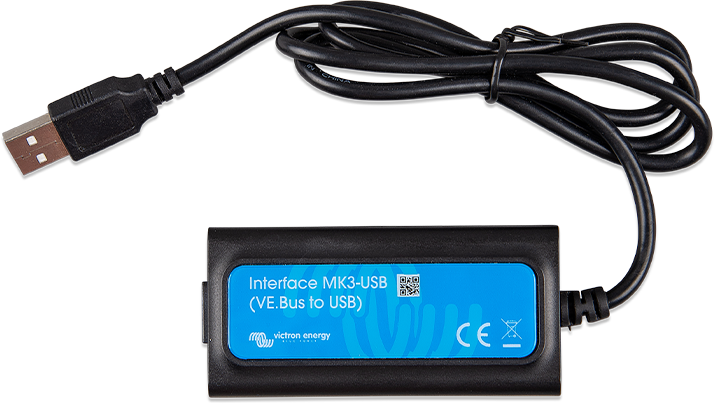sneil
New Member
I had a MultiPlus 12/3000/120-50 120V installed in our 5th wheel along with a Victron MPPT 150/85 and 300Ah (3 x 100Ah) Battleborn batteries. Everything worked great with that Multiplus, but I had an opportunity to upgrade to the new MultiPlus-II 12/3000/120-50 2x120V.
I was going over the the MP II settings during the install and ran across a new (to me) feature called AC input control. After reading the details of what you can do with it I decided to give a try. MP II AC Input Control allows me to selectively decide when to ignore the AC coming in from shore power if I have enough battery capacity, adequate solar and even inverter load. I've been testing this out over the past couple of days and it's working quite well.
I set the MP II to use the following Load & Battery conditions:
I hadn't seen anything about this feature and thought others might find it useful. As a bonus, I was able to set this up using the Victron Connect app (and MK3 dongle) instead of having to use VE Configure.
I was going over the the MP II settings during the install and ran across a new (to me) feature called AC input control. After reading the details of what you can do with it I decided to give a try. MP II AC Input Control allows me to selectively decide when to ignore the AC coming in from shore power if I have enough battery capacity, adequate solar and even inverter load. I've been testing this out over the past couple of days and it's working quite well.
I set the MP II to use the following Load & Battery conditions:
- ignore AC input if the load is 1000W or less for 30 seconds
- accept AC input if the load goes above 1500W for 1 minute
- accept AC input if SOC drops below 50%
- ignore AC input after absorption finished
I hadn't seen anything about this feature and thought others might find it useful. As a bonus, I was able to set this up using the Victron Connect app (and MK3 dongle) instead of having to use VE Configure.






